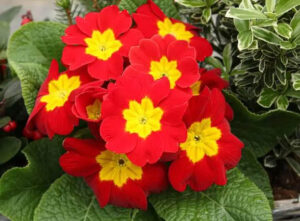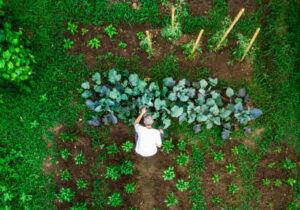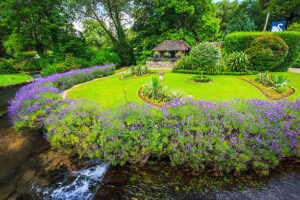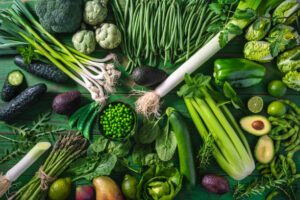Embarking on the journey of gardening can be both exciting and a bit daunting for beginners. However, with a few essential tools, some simple planning, and easy-to-care-for plants, anyone can start their own garden. This guide will cover the basics of gardening, from selecting the right tools and plants to understanding fundamental gardening techniques, making your entry into gardening as smooth and enjoyable as possible.
Essential Gardening Tools

A few basic tools can provide everything you need to start and maintain a healthy garden:
- Gloves: Durable gardening gloves protect your hands from dirt, thorns, and other irritants.
- Spade and Trowel: A spade is perfect for digging holes for planting, while a trowel is ideal for smaller digging tasks and container gardening.
- Pruning Shears: Essential for cutting back bushes, snipping flowers, and pruning trees.
- Watering Can or Hose: Regular watering is crucial, and a watering can or a garden hose with a spray attachment can make this task easier.
- Rake: A rake is helpful for clearing leaves and spreading mulch or compost.
- Garden Fork: This tool is great for turning soil and integrating soil amendments.
Planning Your Garden

Before you plant anything, it’s important to plan out your garden space. Consider the following:
- Location: Most vegetables and flowers require at least 6 hours of direct sunlight per day. Observe the sun patterns in your yard to find the best spot.
- Soil: Understanding your soil type is crucial. Most plants thrive in well-draining soil rich in organic matter. You might need to amend your soil with compost or peat moss to improve its quality.
- Size: Start small. A few pots or a small plot can produce a surprising amount of vegetables and is easier to manage for beginners.
Simple Garden Plans

A simple garden plan helps ensure that your garden is manageable and productive:
- Container Gardening: Great for limited spaces. Containers can be used to grow everything from herbs to tomatoes. Just ensure they have proper drainage holes.
- Raised Beds: Building a raised bed can help improve soil drainage and is easier on your back. Fill it with a high-quality mix of soil and compost.
- In-Ground Garden: If you have space, an in-ground garden allows you to grow a wide variety of plants. Plan your rows to have the tallest plants on the north side to avoid shading smaller plants.
Easy-to-Grow Plants

Some plants are particularly forgiving for novice gardeners and can give you a great start:
- Vegetables: Lettuce, radishes, tomatoes, cucumbers, and zucchini are known for being hearty and relatively easy to grow.
- Herbs: Basil, mint, parsley, and cilantro can be grown in small spaces or even indoors.
- Flowers: Sunflowers, marigolds, pansies, and petunias offer easy growth and vibrant color.
Basic Gardening Techniques

- Watering: Most plants prefer deep, infrequent watering to shallow, frequent watering. Early morning is the best time to water, reducing evaporation and fungal diseases.
- Weeding: Keep your garden free of weeds that compete with your plants for nutrients and water. Regular weeding keeps this task manageable.
- Mulching: Apply mulch around your plants to help retain moisture, suppress weeds, and regulate soil temperature.
- Fertilizing: Use an all-purpose fertilizer to provide nutrients to your plants, following the manufacturer’s instructions for application rates and timing.
Continual Learning

Gardening is a continuous learning process. Keep a garden journal, join local gardening clubs, or follow gardening blogs to gain more knowledge and share experiences with fellow gardeners.
Starting a garden can transform your outdoor space and bring tremendous satisfaction from seeing your plants grow and thrive. With these basics, you’re well on your way to developing a green thumb and enjoying the fruits (and vegetables) of your labor.










